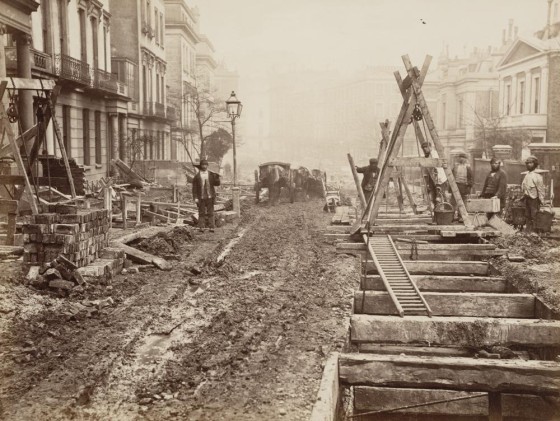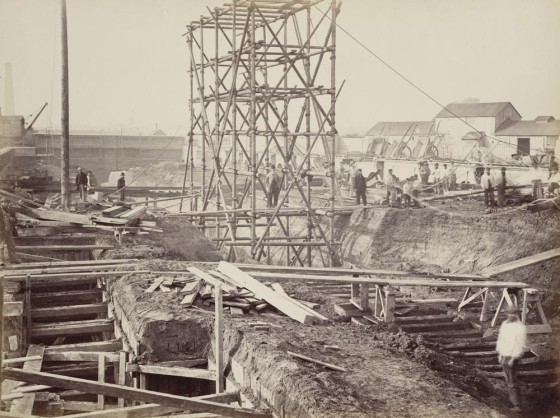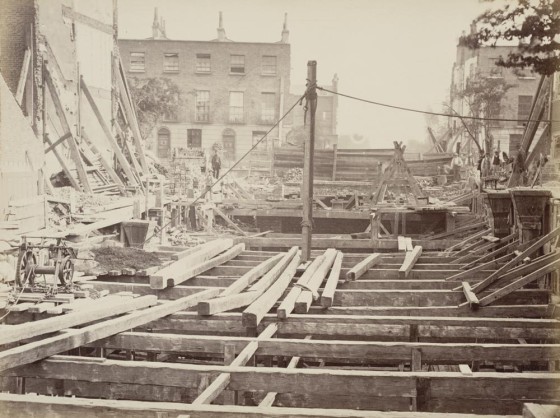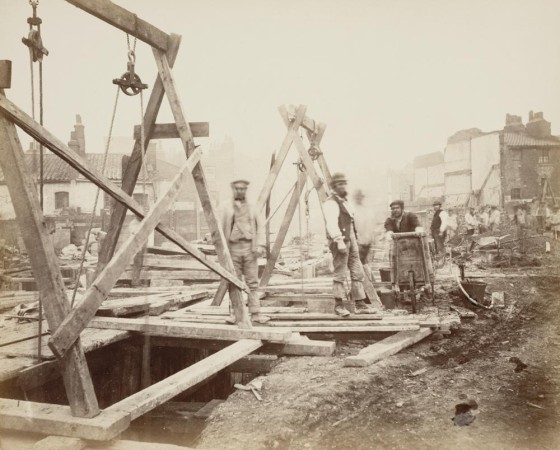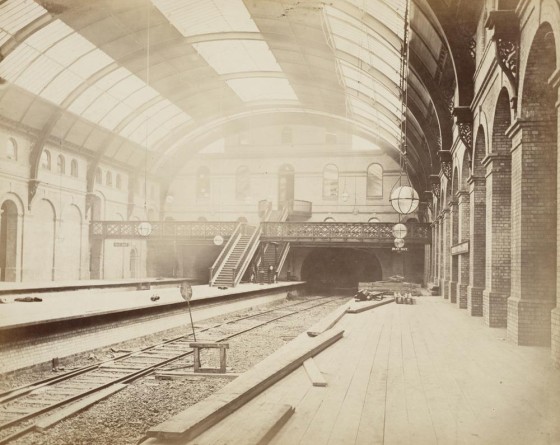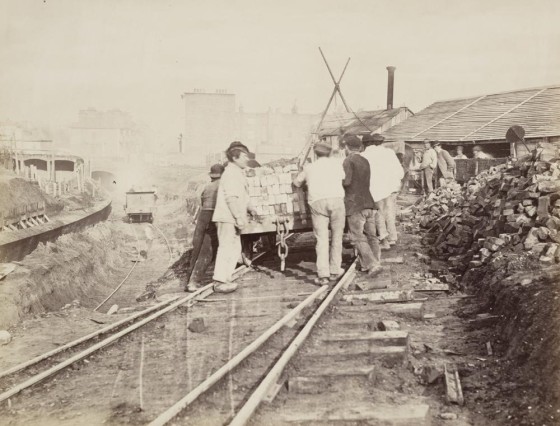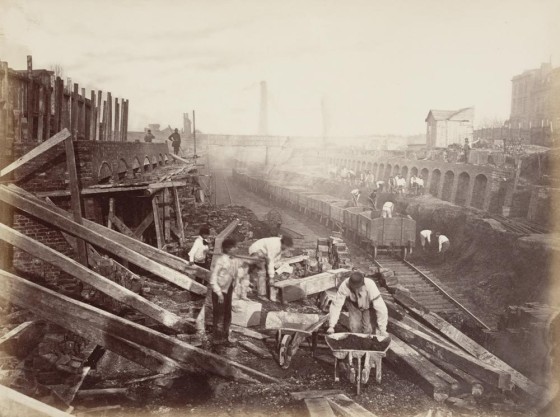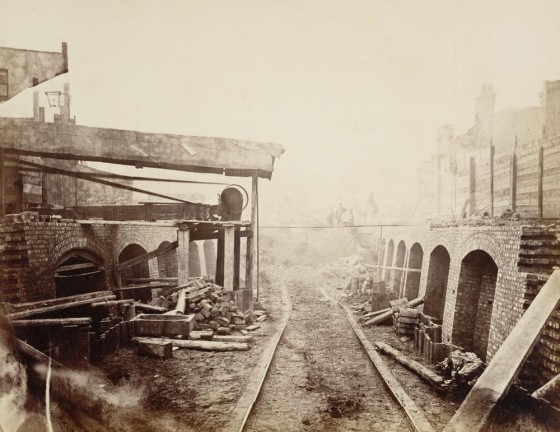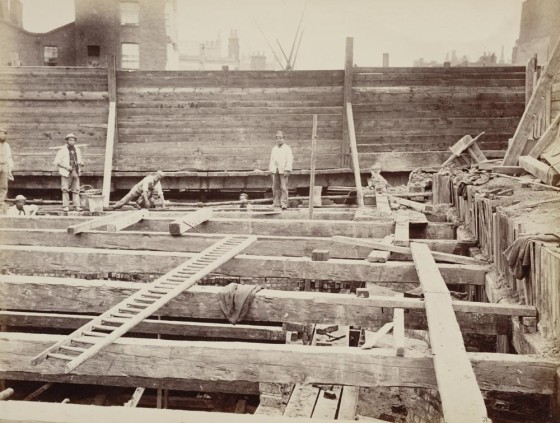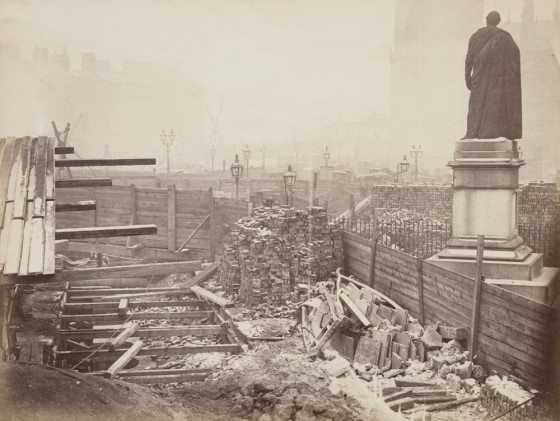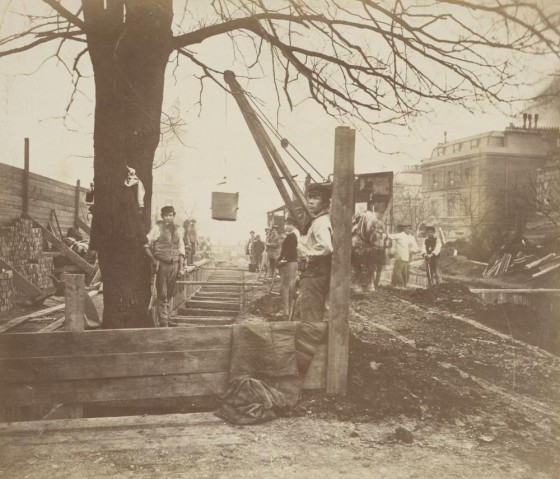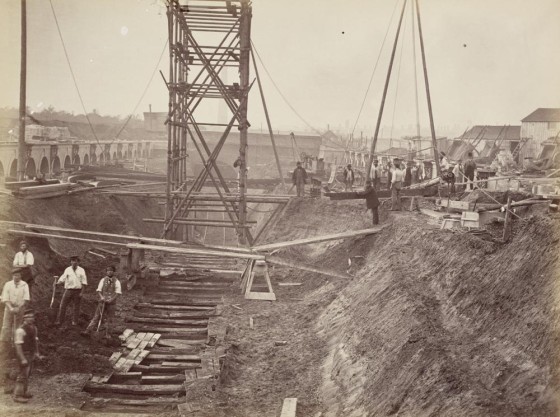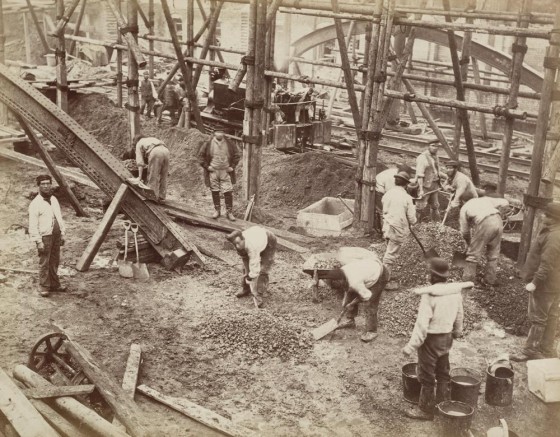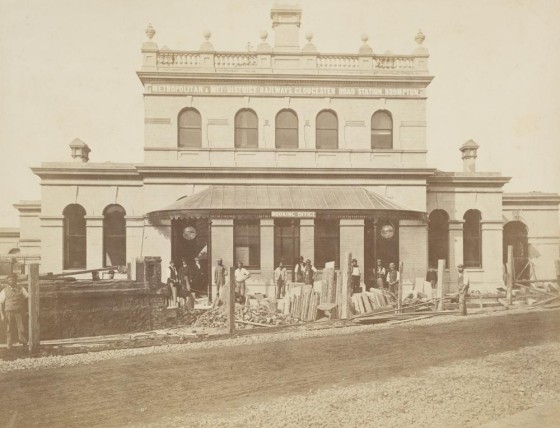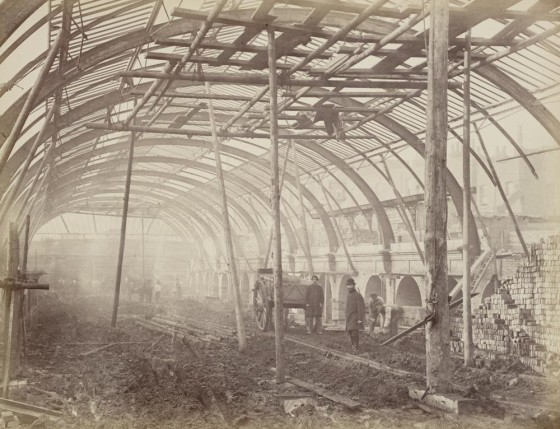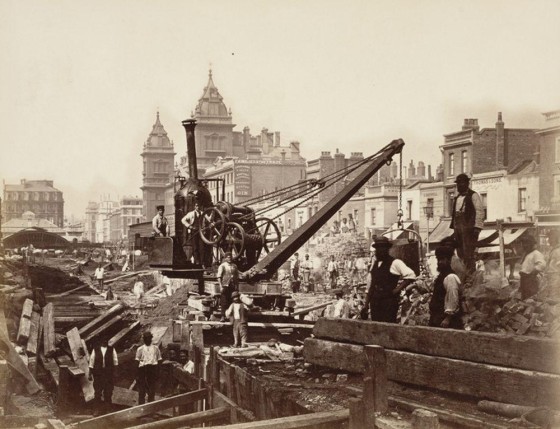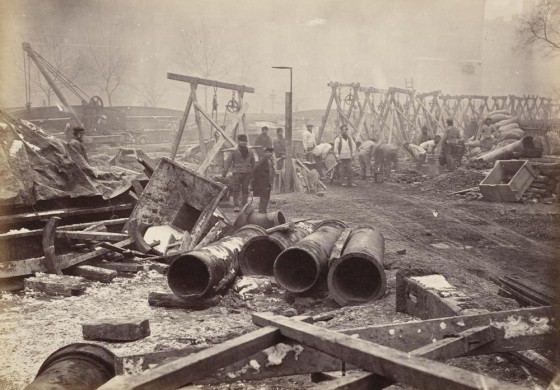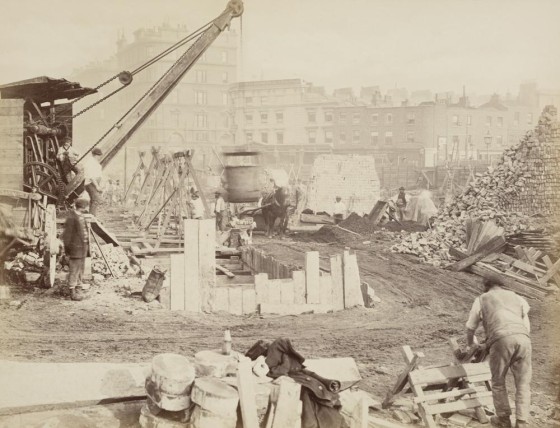The line was soon extended from both ends, and northwards via a branch from Baker Street. Southern branches, directly served, reached Hammersmith in 1864, Richmond in 1877 and the original completed the Inner Circle in 1884. The most importantroute was northwest into the Middlesex countryside, stimulating the development of new suburbs. Harrow was reached in 1880, and from 1897, having achieved the early patronage of the Duke of Buckingham and the owners of Waddesdon Manor, services extended formany years to Verney Junction in Buckinghamshire.
Electric traction was introduced in 1905 and by 1907 electric multiple units operated most of the services, though electrification of outlying sections did not occur until decades later. Unlike other railway companies in the London area,the Met developed land for housing, and after World War I promoted housing estates near the railway using the "Metro-land" brand. On 1 July 1933, the Met was amalgamated with the Underground Electric Railways Company of London and the capital's tramway andbus operators to form the London Passenger Transport Board.
Former Met tracks and stations are used by the London Underground's Metropolitan, Circle, District, Hammersmith & City, Piccadilly, Jubilee and Victoria lines, and by Chiltern Railways and Great Northern.
Construction
Despite concerns about undermining and vibrations causing subsidence of nearby buildings and compensating the thousands of people whose homes were destroyed during the digging of the tunnel construction began in March 1860. The line wasmostly built using the "cut-and-cover" method from Paddington to King's Cross; east ofthere it continued in a 728 yards (666 m) tunnel under Mount Pleasant, Clerkenwell then followed the culverted River Fleet beside Farringdon Road in an open cutting to near the new meat market at Smithfield.
drawing showing a large quantity of collapsed brickwork retaining wall and destroyed timber scaffolding alongside a flooded excavation. Beyond the cutting is awide open area with small figures inspecting the damage. The backdrop is formed by a collection of two-storey buildings many of which have large chimneys.
The trench was 33 feet 6 inches (10.2 m) wide, with brick retaining walls supporting an elliptical brick arch or iron girders spanning 28 feet 6 inches (8.7 m). The tunnels were wider at stations to accommodate the platforms. Most of theexcavation work was carried out manually by navvies; a primitive earth-moving conveyor was used to remove excavated spoil from the trench.
Within the tunnel, two lines were laid with a 6-foot (1.8 m) gap between. To accommodate both the standard gauge trains of the GNR and thebroad gauge trains of the GWR, the track was three-rail mixed gauge, the rail nearest the platforms being shared by both gauges. Signalling was on the absolute block method, using electricSpagnoletti block instruments and fixed signals.
Construction was not without incident. In May 1860, a GNR train overshot the platform at King's Cross and fell into the workings. Later in 1860, a boiler explosion on an engine pulling contractor's wagons killed the driver and his assistant.In May 1861, the excavation collapsed at Euston causing considerable damage to the neighbouring buildings. The final accident occurred in June 1862 when the Fleet sewer burst following a heavy rainstorm and flooded the excavations. The Met and the MetropolitanBoard of Works managed to stem and divert the water and the construction was delayed by only a few months.
Trial runs were carried out from November 1861 while construction was still under way. The first trip over the whole line was in May 1862 with William Gladstone among the guests. By the end of 1862 work was complete at a cost of 1.3 millionpounds.
Board of Trade inspections took place in late December 1862 and early January 1863 to approve the railway for opening. After minor signalling changes were made, approval was granted and a few days of operating trials were carried out beforethe grand opening on 9 January 1863, which included a ceremonial run from Paddington and a large banquet for 600 shareholders and guests at Farringdon.


